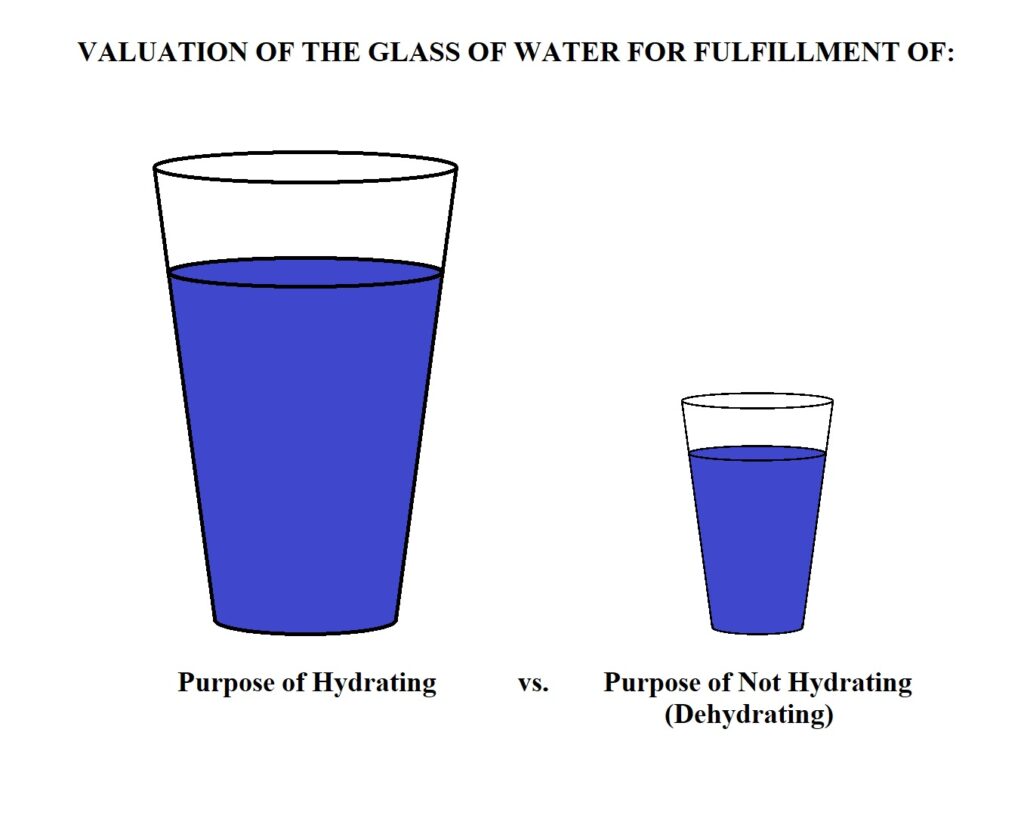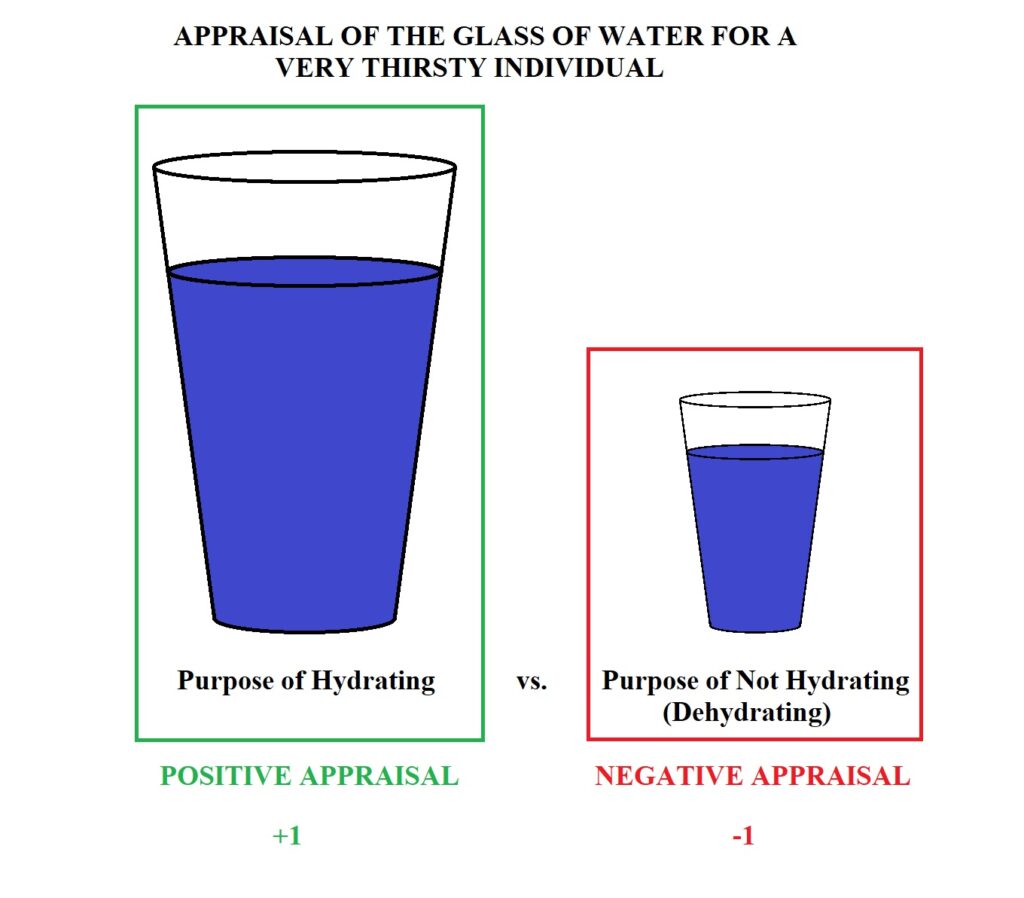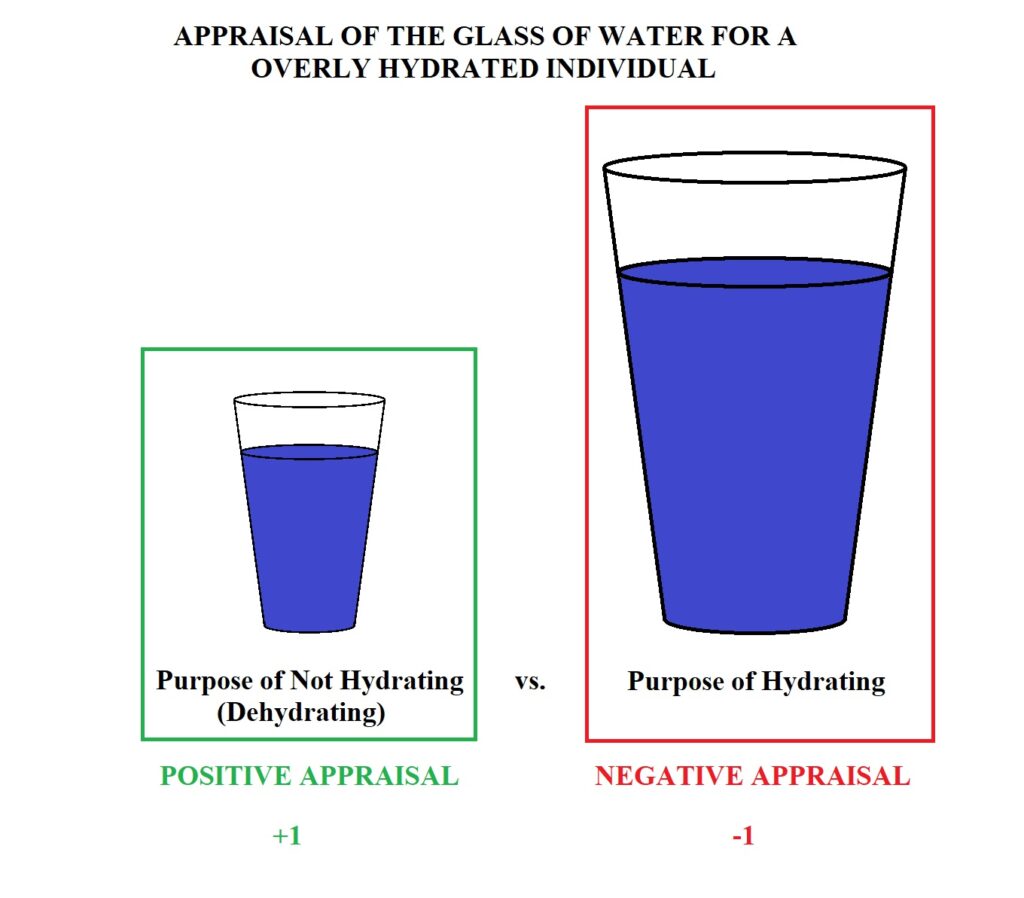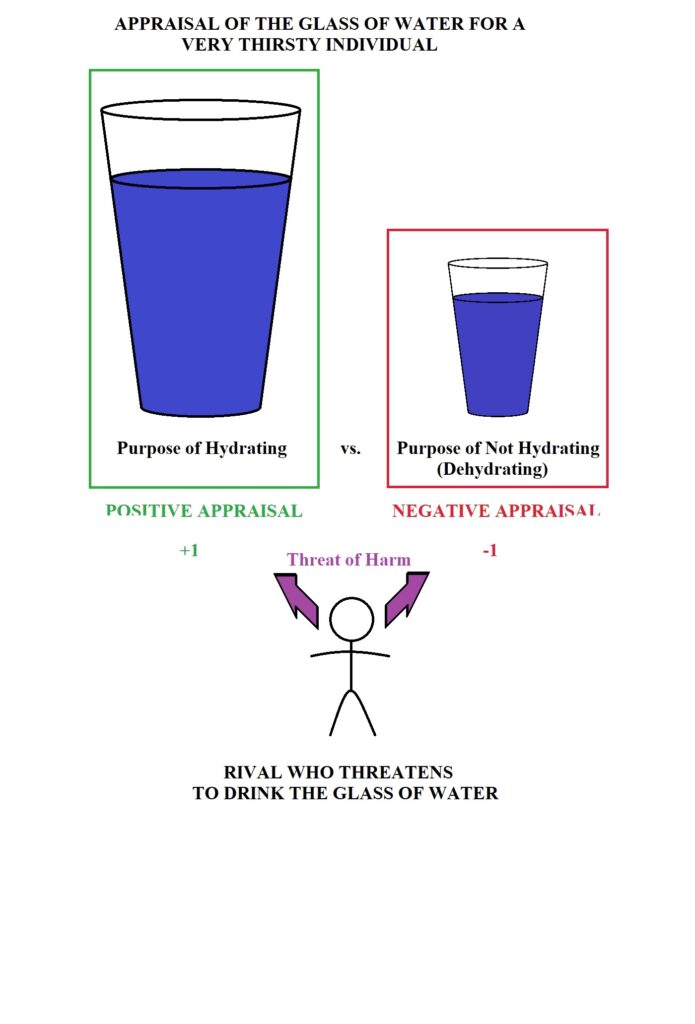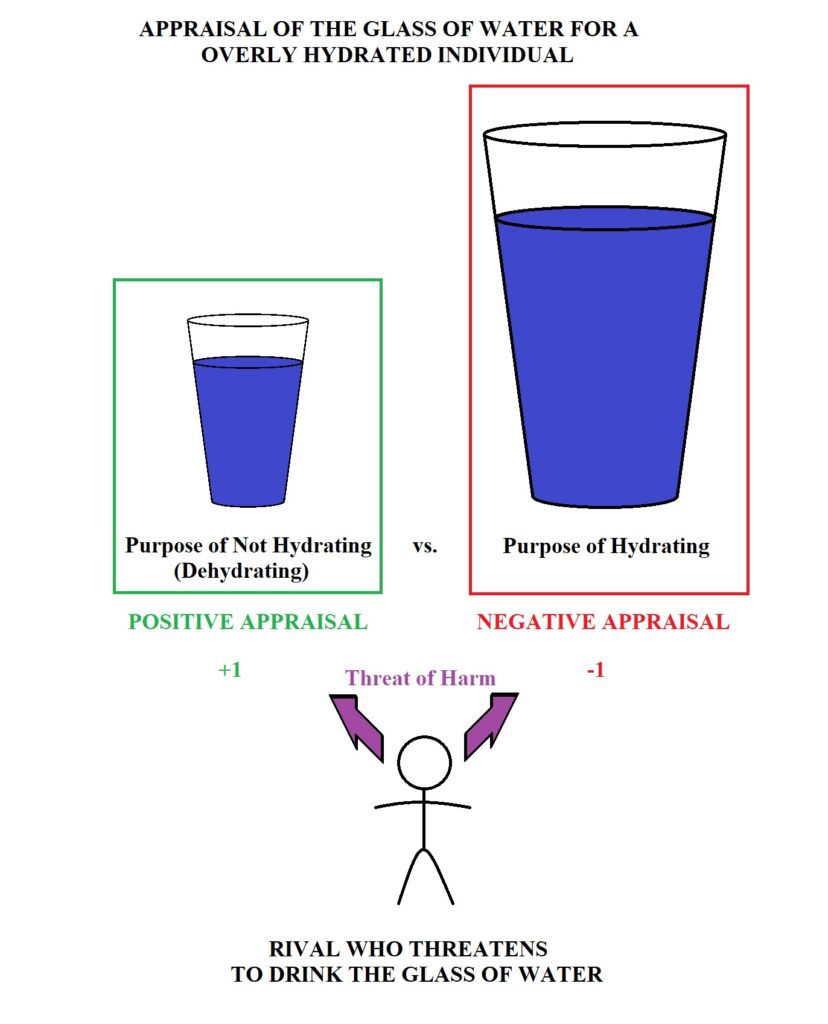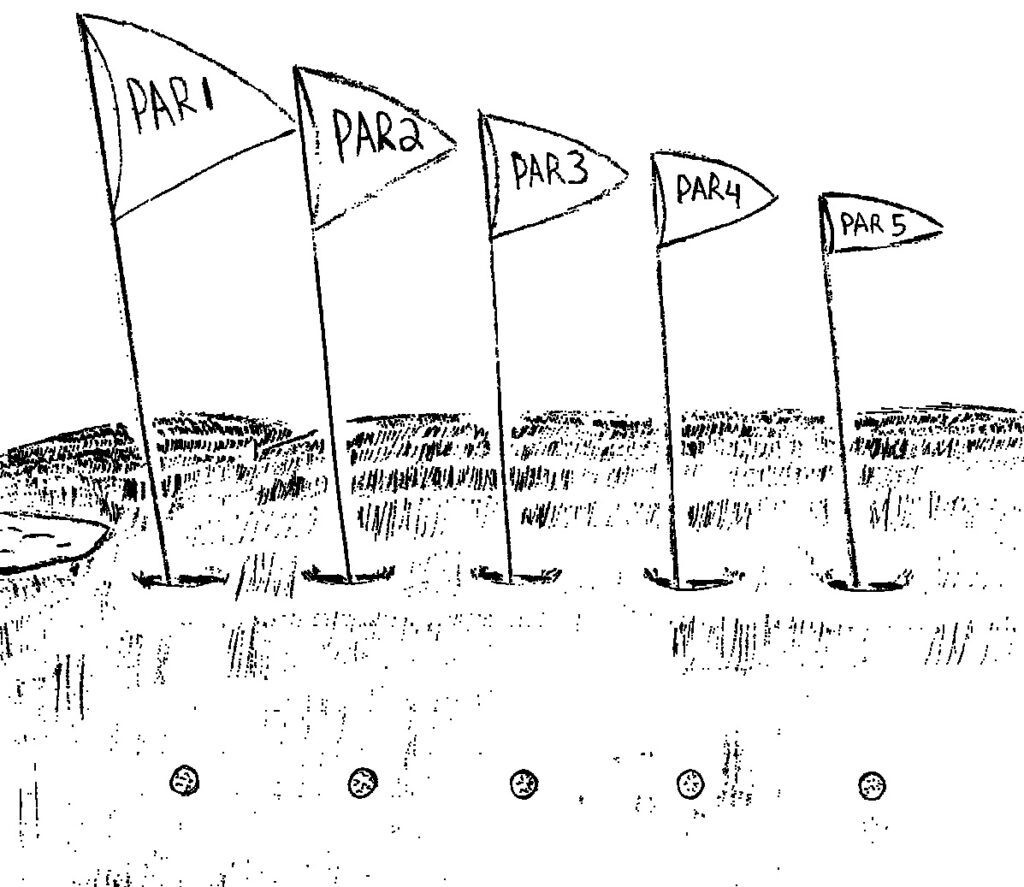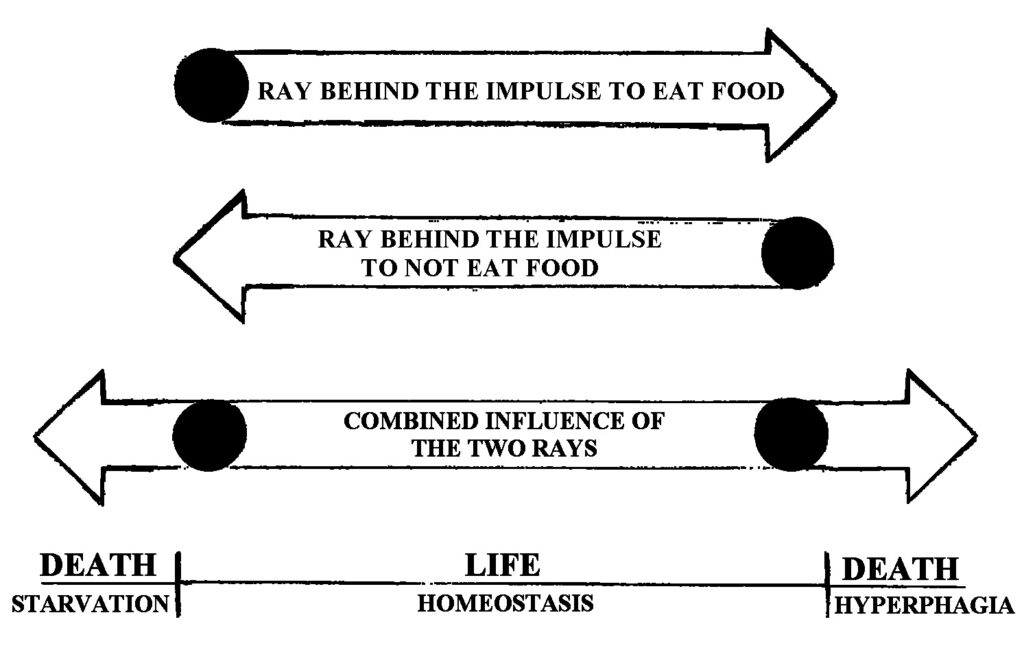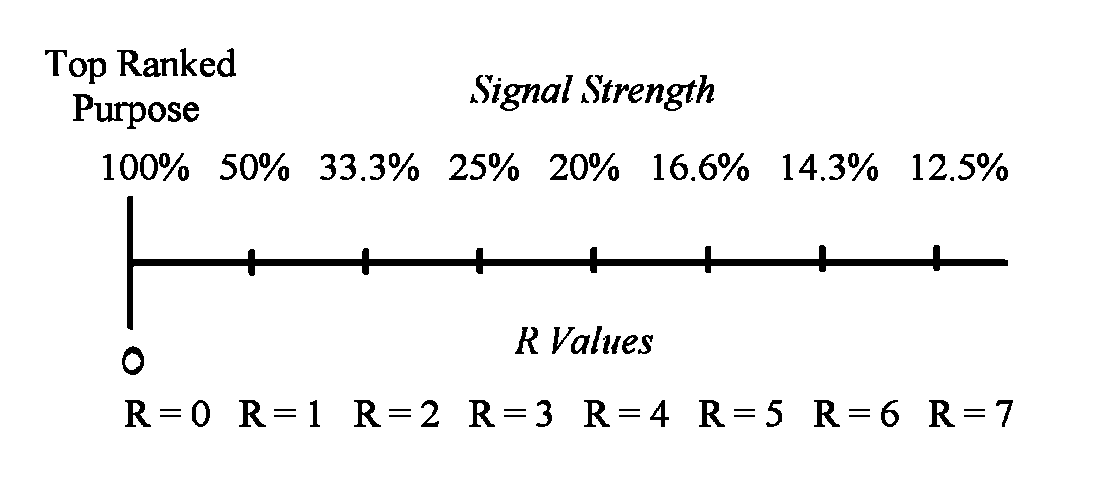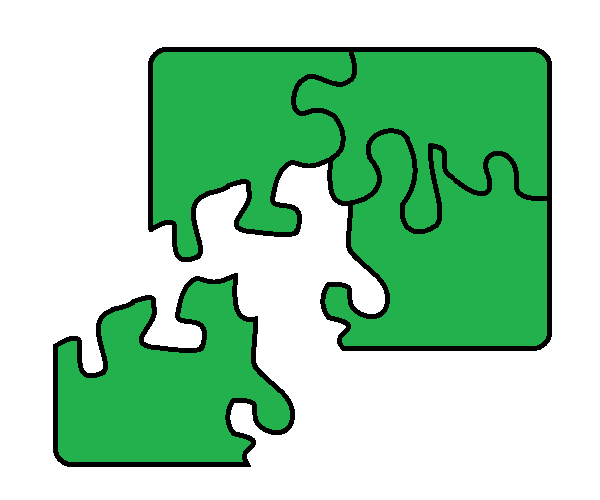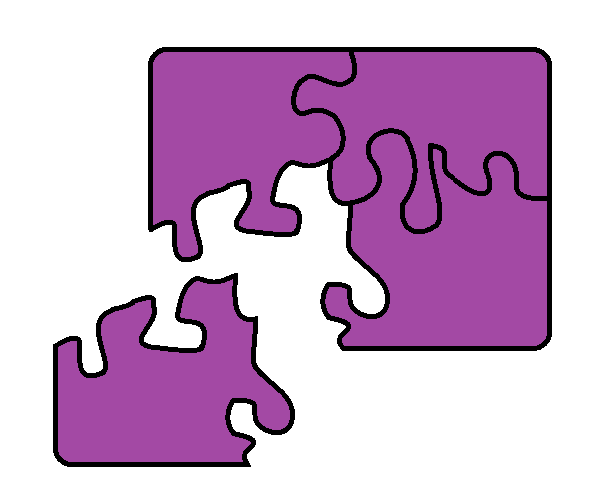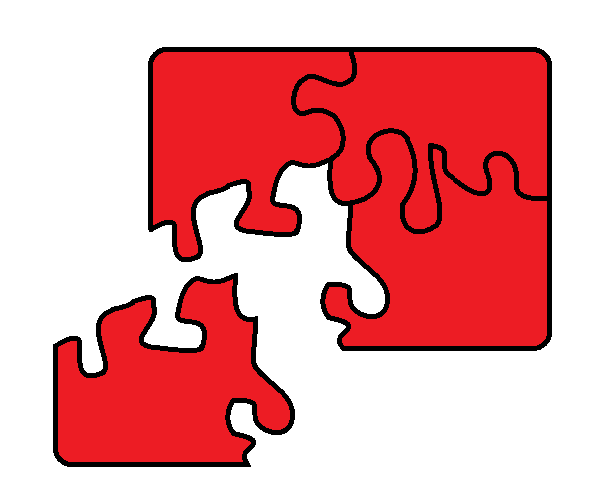Emotional Responses and Emotional Regulation in Affect Engineering
This is the fourth article in a series designed for the layperson that will explain the basics of Affect Engineering as a theory of emotions. Each article will begin with a list of questions that it will aim to address. The sections that follow will be in two parts each. The first part will be a short statement that answers each question as succinctly as possible. The second part will either be an explanation that goes into more detail where needed or explain some of the implications of the short answer.
QUESTIONS
- What is an emotional response in Affect Engineering?
- What does heeding an emotion’s call to action mean in Affect Engineering?
- What variables can amplify, or alternatively, reduce an emotion’s call to action to the individual?
- How is emotion regulation by an individual modeled in Affect Engineering?
- How might someone use their understanding of Affect Engineering’s framework to better regulate their own emotional responses and actions?
What is an emotional response in Affect Engineering?
SHORT ANSWER
An emotional response in Affect Engineering consists of the feelings and reactions (e.g., facial expressions) that arise from a change in an individual’s valuation of an entity for the fulfillment of a purpose.
IN DEPTH EXPLANATION
A novel experience, whether pleasant or unpleasant, will often lead to an individual having future expectations. One’s first time eating a delicious brownie or cookie in response to hunger will typically lead to expectations of enjoying eating another food like it again in the future under similar circumstances. Likewise, an individual breaking a bone for the first time would likely have expectations that breaking a bone again in the future would be a painful and unpleasant experience that is best avoided.
While emotions, strong feelings, and affect can arise for both novel experiences where the individual has no prior expectations, and for scenarios in the future where the individual has predictions for what they expect to feel based upon their prior knowledge, most people would agree that an individual has a better chance to manage an emotional response to a situation where they have the advantage of holding past experience as a precedent. The focus here will be on emotional responses and emotional regulation for situations where the individual has relevant prior experience and knowledge about what they foresee will happen (e.g., an expected contingency). An emotional response in Affect Engineering consists of the physical sensations, feelings, affect arising from, and behavioral expressions (e.g., smiling when happy, crying when sad, frowning when angry) related to a change in an individual’s valuation of an object for the fulfillment of a specific purpose. Emotional responses serve as a call to action to the individual, and sometimes observers around them, to engage in behavior that will influence outcomes for the immediate situation at hand or alternatively future scenarios.
For example, a situation where an individual experiences a wave of good feelings and smiles after eating a food that looks strange but tastes appealing will create at least two messages. The individual both receives feedback from their own emotional response, a signal to continue eating, and the emotional response signals to observers that what the individual is eating is perhaps worth trying for themselves.
As mentioned in the first article of this series, affect that is unattached to a particular entity or purpose, such as a vague feelings of delight for no apparent reason to the individual, are best thought of as white noise or static interference in Affect Engineering. An individual unknowingly exposed to a drug for instance (e.g., in vapor form or dissolved in a consumed beverage), may feel the physical effects of it without knowing why they are occurring. Oftentimes, an entity, purpose, or explanation may be attributed to the feelings later, but until that happens it is not considered an emotional response in Affect Engineering. Instead, it is energy that is unavailable to do work by valuing entities until it is either demobilized, or attributed to something. In the context of Affect Engineering’s functions, this would be the equivalent of starting on the other side of the equation (i.e., the affect itself), and then working backwards to try to figure out an explanation for why the individual feels a certain way. In Affect Engineering’s framework, this is perhaps the best way to describe an individual’s formation of emotions for novel experiences where there are neither prior expectations nor context for the individual draw from, and also for accounting for physiological approaches to the study of emotions (e.g., James-Lange theory of emotions, Canon-Bard theory of emotions). However, for the purposes of explaining Affect Engineering’s basic framework here, a cognitive appraisal based approach (i.e., one emphasizing thoughts, mental processes, and interpretations) will be used here instead of a physiological one; but both approaches can be accounted for in Affect Engineering’s framework depending on which side of the functions one wishes to begin, or which variables are known initially.
There are pros and cons to each approach. If emotions are thought of as survival tools, then in some cases thinking one’s way through a situation and taking command of which emotions will be acted upon may be preferable. In these cases, the individual having absolute control over the tool will usually lead to more favorable outcomes, much like a construction worker adeptly wielding a heavy sledgehammer instead of being suddenly knocked off balance and falling over if they are carrying the tool on their back and its weight suddenly shifts.
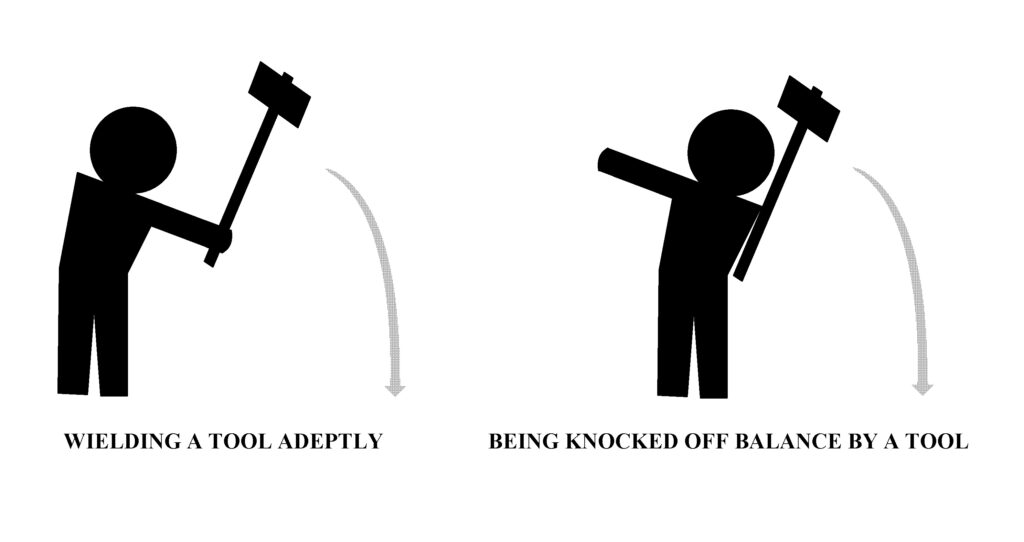
In other cases, more favorable outcomes will tend to arise from the individual going along with wherever the emotion takes them, feeling their way through a situation in a more physiological approach. In these cases, going with the flow and letting one’s feelings guide a course of action will typically lead to more favorable outcomes, like a surfer on a surfboard following the path of least resistance, riding it where the waves take them instead of trying to fight against both the waves and board to go in a different direction.
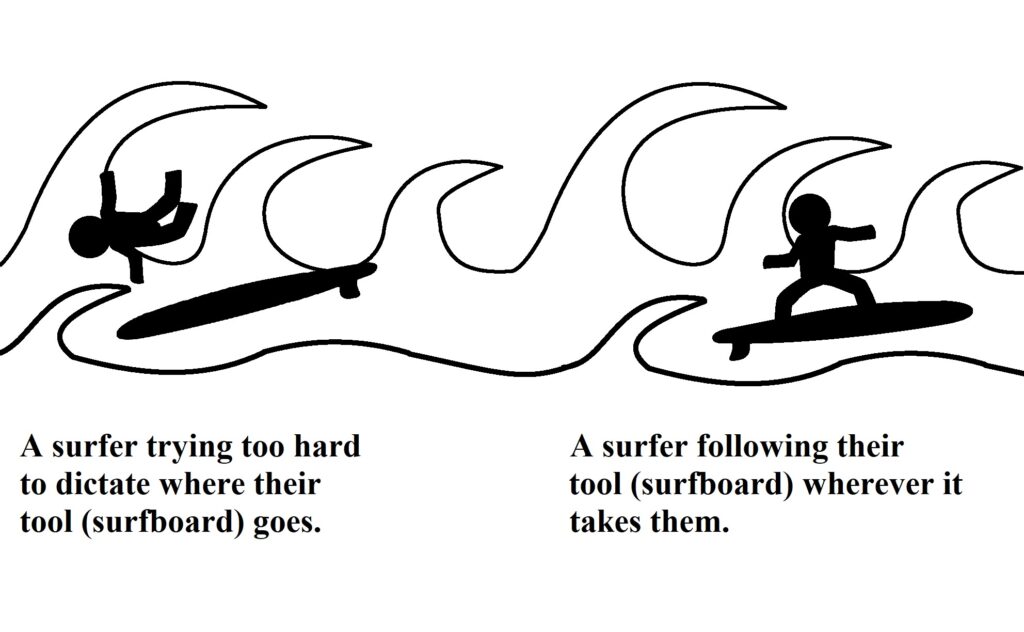
Different situations often call for one approach over the other in terms of what is practical. Typically, the time one has available to act, or a deadline for action will determine which approach will yield a better outcome. When time and urgency are not a factor, approaches that emphasize thinking, interpretation, and mental processes (e.g., cognitive appraisal based) are often ideal. In contrast, when time is of the essence and acting quickly is important, physiological approaches oftentimes will yield better outcomes.
What does heeding an emotion’s call to action mean in Affect Engineering?
SHORT ANSWER
In Affect Engineering, heeding an emotion’s call to action means that the individual has chosen to carry out an action that will help in the acquisition of an entity related to the fulfillment of a purpose; this includes actions that can prevent a threat of harm to the entity or that can ensure a benefit befalls it.
IN DEPTH EXPLANATION
Heeding an emotion’s call to action concerns efficacy components and actions the individual can do to either acquire an entity, prevent a threat of harm to the entity, or to ensure a benefit happens to the entity. Acquiring an entity may be as straightforward as physically obtaining a piece of candy [entity] for the purpose of eating, or alternatively, something more abstract like acquiring the experience [entity] of simply witnessing an event taking place, such as seeing a display of fireworks at night. An entity could be anything tangible or intangible, depending on the context of the situation, and provides a greater degree of flexibility for analyzing different situations in Affect Engineering’s framework.
What variables can amplify, or alternatively, reduce an emotion’s call to action to the individual?
SHORT ANSWER
All of the variables in the functions have an influence or may potentially alter the magnitude and type of emotion felt by an individual.
IN DEPTH EXPLANATION
The variables that can alter the magnitude of an entity’s valuation, and subsequently alter the type of emotion felt and with the strength of its call to action include:
- Existence: The variable of Existence concerns whether or not the entity exists to the individual. It answers the question, “Does the individual know about the entity at all?” If an entity does not exist to an individual, then no emotional response to it can be modeled in Affect Engineering (i.e., the individual does not know about it at all and it is presumed that no emotions are felt towards it).
- Sufficiency: The variable of Sufficiency is concerned with the degree to which the entity in question is able to fulfill the task at hand on its own. It answers the question, “Is the entity enough for the purpose?”
- Uniqueness: The variable of Uniqueness is concerned with the degree to which the entity in question is the only entity capable of fulfilling the task at hand. It answers the question, “Is this the only option for the purpose?”
- Sentiment: The variable of Sentiment is concerned with the importance of the purpose at hand for which the entity is being valued. It answers the question, “How important is the purpose at hand relative to other purposes held by the individual?”
- Appraisal: The Appraisal variable is concerned with whether or not acquisition of the entity to fulfill the purpose at hand will lead towards or away from a restoration of equilibrium between the purpose being considered and its opposite or complementary purpose. The Appraisal variable in Affect Engineering is used to determine which type of function — Avoidance of Pain or alternatively the Pursuit of Pleasure — to use. It answers the question, “Will acquiring this entity lead to a restoration of equilibrium between this purpose and its opposite?”
- Threat (Threat of Harm to an entity): The variable of Threat, when at a high level, is modeled to amplify Anxiety invested in an entity and raise negative affect; alternatively, it is modeled to reduce Negative Anxiety invested and lower positive affect. It answers the question, “How severe is the threat of harm and how likely is it to happen?”
- Benefit (Promise of Benefit to an entity): The variable of Benefit, when at a high level, is modeled to reduce Anxiety invested and lower negative affect; alternatively, it is modeled to amplify Negative Anxiety invested and raise positive affect. It answers the question, “How helpful is the promise of benefit and how likely is it to happen?”
- Efficacy (Efficacy to prevent a threat of harm or to prevent a promise of benefit to an entity): Efficacy is modeled to counter the influence of Threat or Benefit, depending on which is used in a function. Functions in Affect Engineering use either Threat or Benefit, but not both. It answers the question, “How effective is the recommended action and what is the likelihood the individual can do it?”
- Attention: The variable of Attention is generally modeled to decay with a half-life in Affect Engineering, though it can be modeled in other ways. When modeled to decay, whatever variable it is influencing will diminish over time, similar to radioactive decay. Attention is typically directed towards features that have salience in an environment, such as a high level of contrast in brightness, sharpness, color, etc. It answers the question, “Which variables in a scenario are being noticed?”
- Reason (Reasoning or Executive functions): The variable of Reason generally influences valuations by holding Attention constant on one or several variables while permitting other variables to fall into attentional decay, that is to say, attention to them diminishes until they are all being ignored. It answers the question, “To which variables in a scenario is the individual directing their resources?”

The chart above illustrates a sample theoretical neural pathway for how an emotional response might arise based upon relationships and interactions between the above variables for an Avoidance of Pain function (i.e., used when the Appraisal variable is positive, explained in Article 3 of 12 in this series) in Affect Engineering. The original entity is given a base valuation for a purpose by the individual derived from its utility components (Sufficiency, Uniqueness, Sentiment felt for the purpose) and the fact that it exists to the individual. This valuation is then amplified or reduced further by expected threats of harm to it (e.g., via excitatory synapses that lower the threshold for neural activation) and the efficacy of the individual to prevent the harm to it (e.g., via inhibitory synapses that raise the threshold for neural activation). The groups of neurons that are used to mark the value of the entity (e.g., Anxiety in Affect Engineering) would also lead to pathways that correspond with negative affect (e.g., unpleasant feelings, or pain) in this setup.
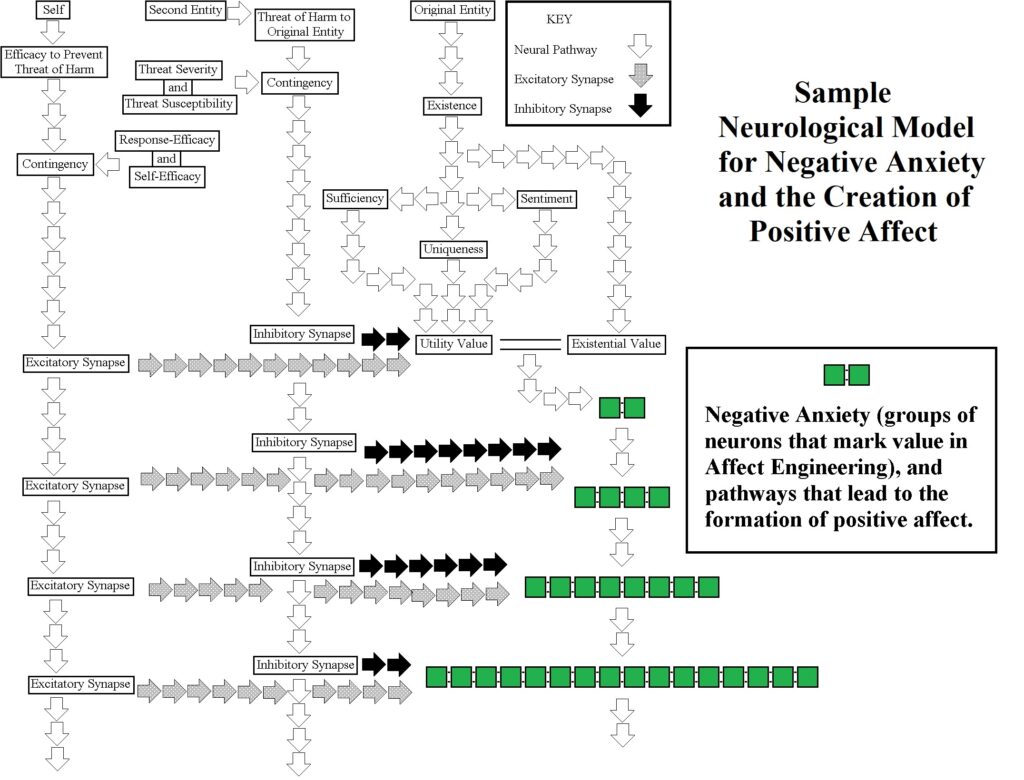
This second chart illustrates a sample theoretical neural pathway for how an emotional response might arise based upon relationships and interactions between the above variables for a Pursuit of Pleasure function (i.e., used when the Appraisal variable is negative) in Affect Engineering. The setup is similar to the Avoidance of Pain function with a few exceptions. The original entity is still given a base valuation for a purpose derived from the same utility components (Sufficiency, Uniqueness, and Sentiment), and the fact it exists to the individual. The groups of neurons that are used to mark the value of the entity, Negative Affect in this case, would alternatively lead to pathways that correspond with positive affect (e.g., pleasant feelings, pleasure). The Threat components and Efficacy components have their excitatory and inhibitory roles reversed from the previous setup, with Threat having an inhibitory effect and Efficacy having an excitatory effect.

The above chart illustrates Attention being directed towards the Efficacy components for the first sample depicted, for the Avoidance of Pain function. If information concerning response-efficacy (i.e., the expected effectiveness of a response at preventing a threat of harm) and self-efficacy (i.e., the likelihood the individual believes they can perform the action) are more salient than the threat components (i.e., threat severity and threat susceptibility), then this would likely have the effect of helping the individual feel less overwhelmed in a potentially stressful or dire situation. This might prove helpful to the individual for conserving resources (i.e., Anxiety) in circumstances where the threat of harm is actually at a very high level and the efficacy appears low by comparison, or a classic underdog story (e.g., a David vs. Goliath scenario).

This final chart illustrates an executive function such as reasoning, being used to hold attention on efficacy components constant while permitting attention towards threat components to fall into attentional decay (e.g., neglect). This might be arranged by the individual if the purpose in question has a high level of importance to them and they are willing to do whatever it takes to achieve it.
Though the four sample neurological models above illustrate a more cognitive appraisal based approach, as mentioned earlier, the route is reversible. A route beginning with positive affect or negative affect (e.g., the feeling itself) and ending with the individual later identifying or assigning factors that caused it later would be a more physiological based approach and more useful for novel experiences for the individual. In Affect Engineering, this would be the equivalent of starting on the other side of the equation (e.g., knowing variables on one side of the function before the other). This is not to say that everyone’s internal organizational scheme would be identical to the above sample models, but most would likely possess a structure more or less similar to it. Every brain is wired differently of course, and variations are to be expected. However, a general template does provide a starting point from which more nuanced discrepancies can be made (e.g., with coefficients alongside some variables).
How is emotion regulation by an individual modeled in Affect Engineering?
SHORT ANSWER
Emotion regulation in Affect Engineering is modeled to be primarily guided by the level of importance the individual holds for the purpose the emotion is being felt for (i.e., Sentiment variable), attentional processes, and executive functioning processes that can direct attentional processes toward or away from components of a scenario (i.e., other variables in the functions).
IN DEPTH EXPLANATION
In Affect Engineering, emotion regulation by the individual is primarily modeled by the variables of Sentiment (i.e., the ranking of the purpose in question against the purpose with the utmost importance to the individual) and Reasoning. The variable of Sentiment works to influence emotion regulation by changing the importance of the purpose at hand for the individual, particularly in indeterministic setups of functions where free will is presumed and behavior cannot be predicted. Executive functions like Reasoning are modeled to influence emotion regulation primarily by directing Attention towards or away from other variables and maintaining it for an extended duration of time, or away from other variables to allow them to fall into attentional decay or neglect.
How might someone use their understanding of Affect Engineering’s framework to better regulate their own emotional responses and actions?
SHORT ANSWER
Someone might use their understanding of Affect Engineering’s framework to better regulate their own emotional responses, develop better resilience in the face of adversity, and potentially to influence the regulation of emotional responses in others.
IN DEPTH EXPLANATION AND PREVIEW
One of the aims in developing Affect Engineering was to organize and model different approaches to the study of the psychology of emotion underneath the umbrella of a single, unifying language, math in this case. Knowing what resources one has at their disposal, what the relationship between these resources might be with one another, where to direct attention to perform at an optimal level, and recognizing how to best interpret emotions in oneself and others has practical applications that extend beyond emotional regulation. Some of these uses extend to rhetoric and persuasive techniques, simulated intelligence, behavioral forecasting, and worldbuilding for writers to name a few.
Preview:
Interpreting emotions in others falls under the domain of empathy, and is the subject of the next article.
Previous: Article 3 of 12 Reframing Anxiety as a Resource
Next: Article 5 of 12 Empathy in Affect Engineering
This page is also available on this website here, Article 4 of 12, Emotional Responses and Emotional Regulation in Affect Engineering



